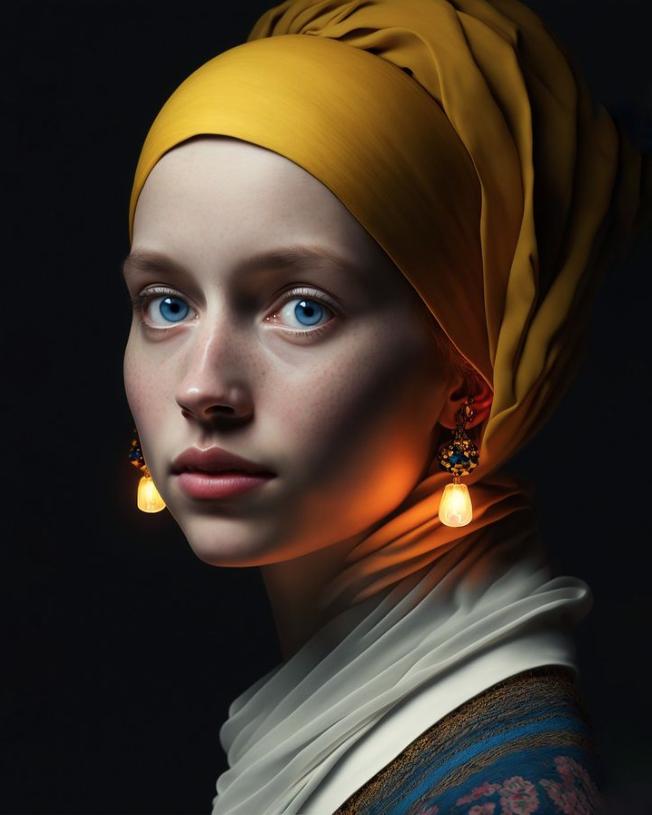The internet has been flooded with A.I.-generated images for some time now, but surely nobody is mistaking these strange, viral pictures for real artistic masterpieces?
If there is any confusion, it appears to be on the part of the internet itself. Google has been caught putting A.I. knockoffs of famous paintings at the very top of its search results, according to a report in .
First, it happened when art-lovers typed in “Edward Hopper,” which returned an image of a woman staring wistfully out the window. The work had a few qualities familiar from the legendary American artist’s oeuvre, evoking themes of isolation, introspection, and containment within a domestic interior. Nonetheless, its flat, artificial sheen was a very poor imitation of Hopper’s brushstroke.
If you don’t think visual AI is a problem, this is what comes up when you @Google Edward Hopper. pic.twitter.com/W1X4YKU76G
— Penny Neville-Lee ?? (@PennyNevilleLee) May 3, 2023
Other glaring faults included an oddly pronounced red ear, forearms, and fingers that merge into each other, and nothing to be seen outside the window beyond an eery yellow fog.
Now, it seems, if you want to check out the works of the Dutch Old Master Vermeer, you’ll be met by a bizarrely photorealistic version of his (c. 1665) before scrolling down to see the real deal.
The Vermeer imposter has, in fact, been actively endorsed by the Mauritshuis in the Netherlands, which owns the original. The museum had invited fans to produce their own imitations of the work as stand-ins while it was on loan to the Rijksmuseum, and this version, known as was generated by German A.I artist Julian van Dieken. Its public display was met with considerable controversy.
After the A.I.’s homage to Hopper was discovered at the top of Google’s results, the company worked to fix the problem, but it appears it wasn’t able to prevent it happening again with another artist. For now, these A.I.-generated fakes are fooling Google’s algorithm but are still easy for most people to identify and disregard. As the tools become more sophisticated, however, we can only guess at what kind of mix-ups might lie in store.
“We’re rolling out new tools to help people quickly and easily assess the context and credibility of images, including our ‘About this image’ tool as well as markup-based image labels for A.I.-generated images,” a Google spokesperson told . “Given the scale of the open web, however, it’s possible that our systems might not always select the best images regardless of how those images are produced, A.I.-generated or not.”
More Trending Stories:
A Sculpture Depicting King Tut as a Black Man Is Sparking International Outrage

























